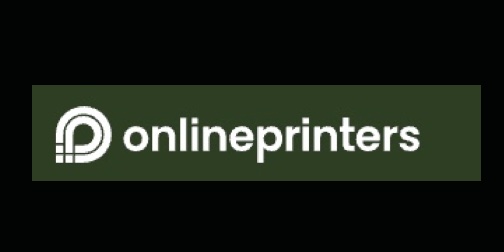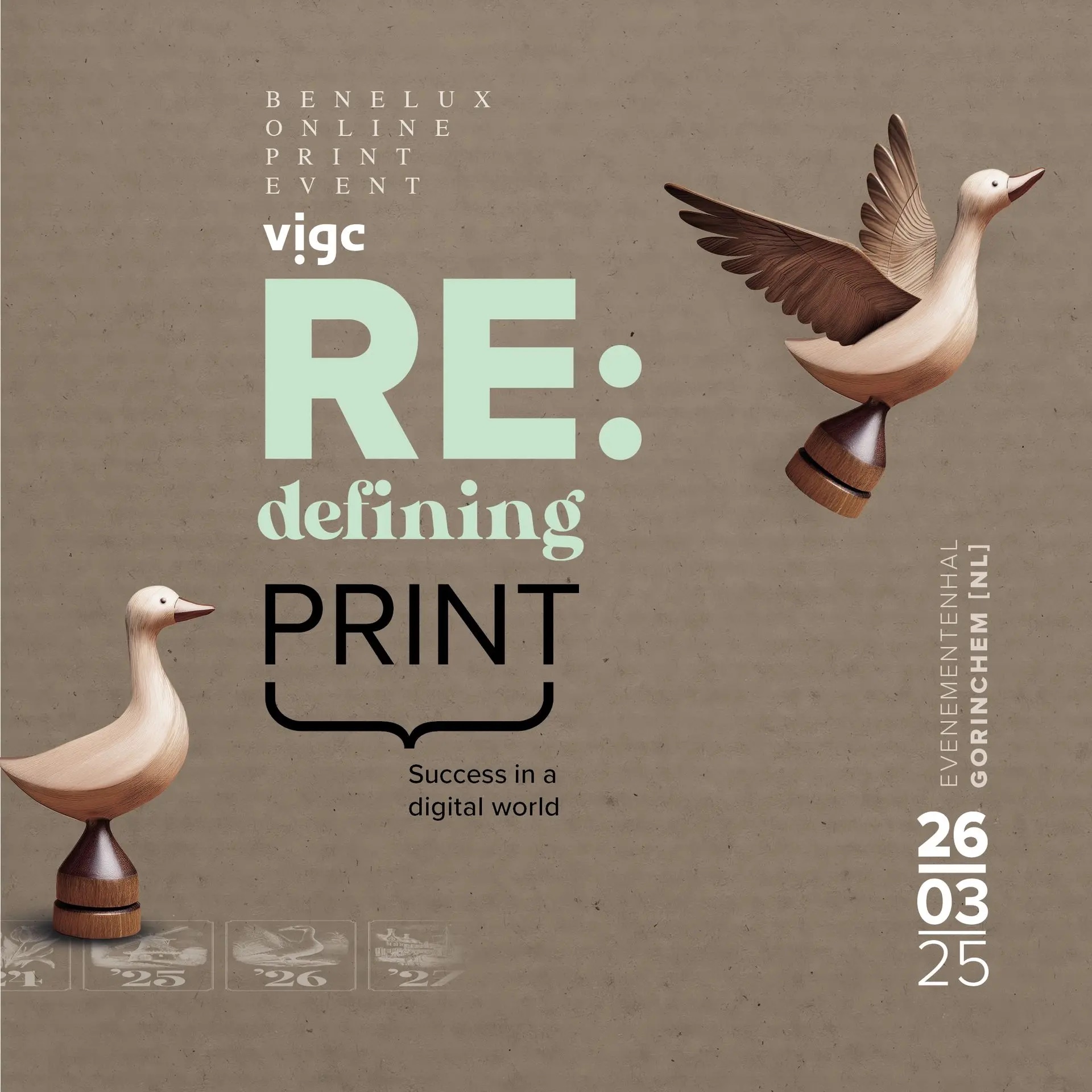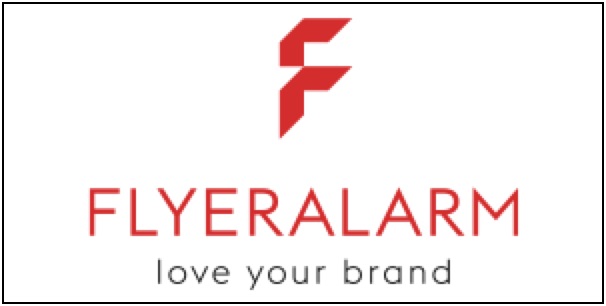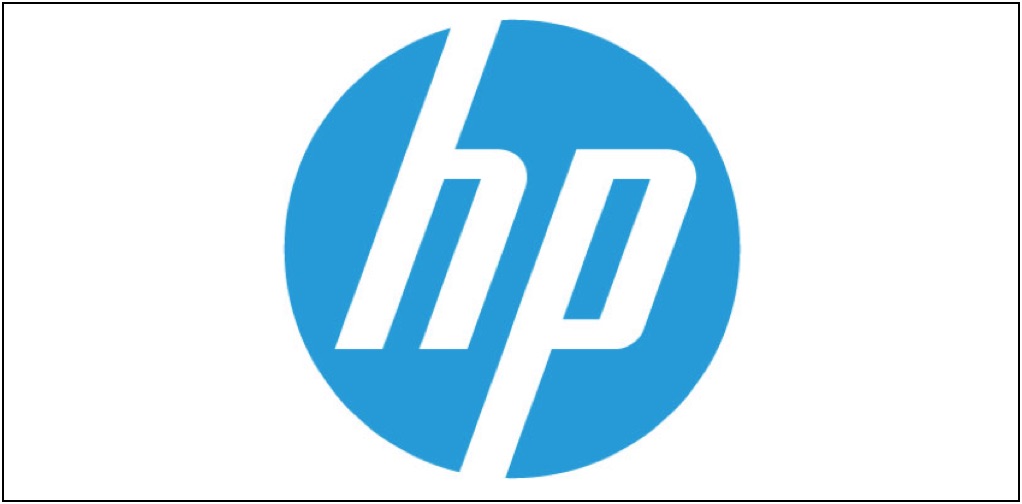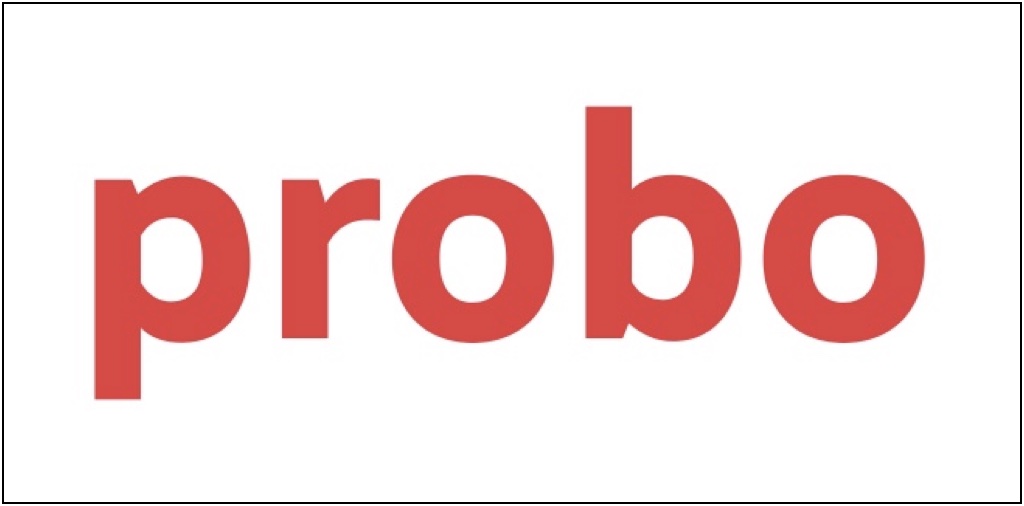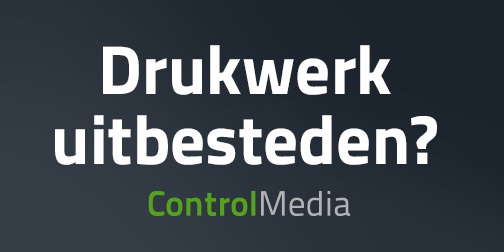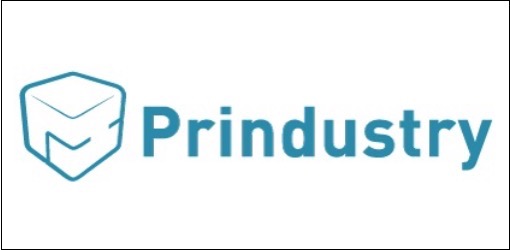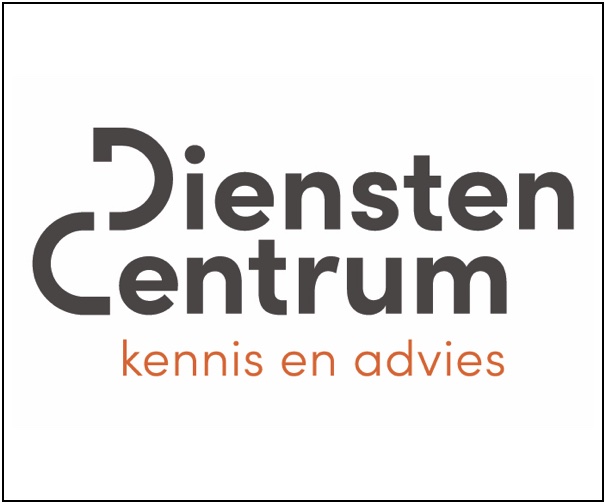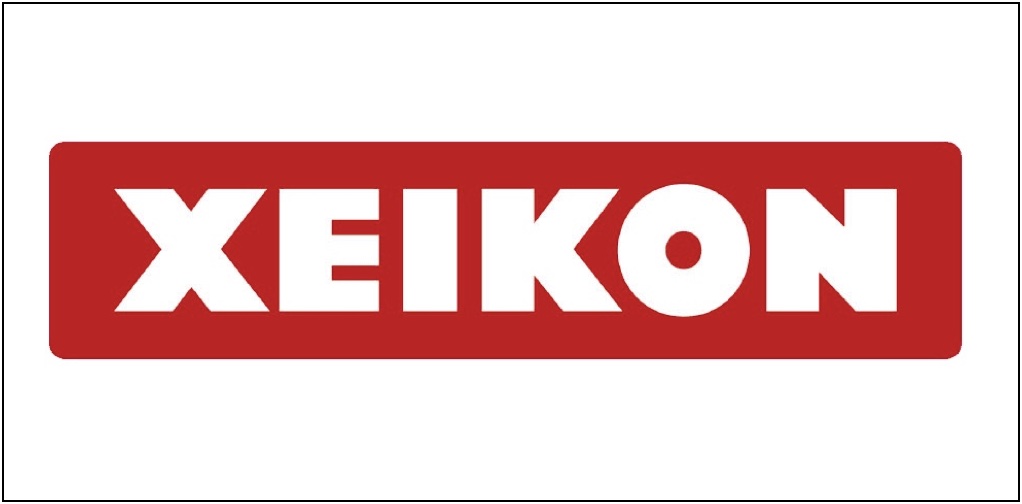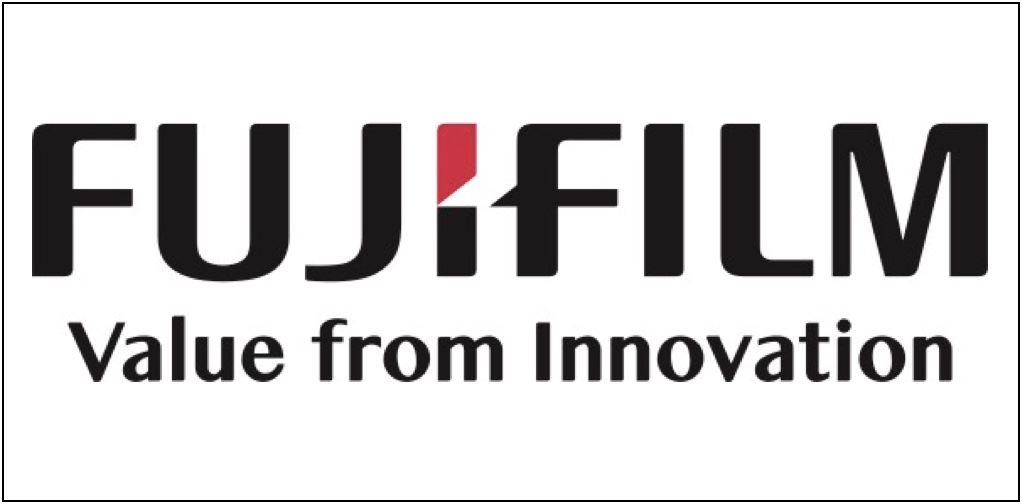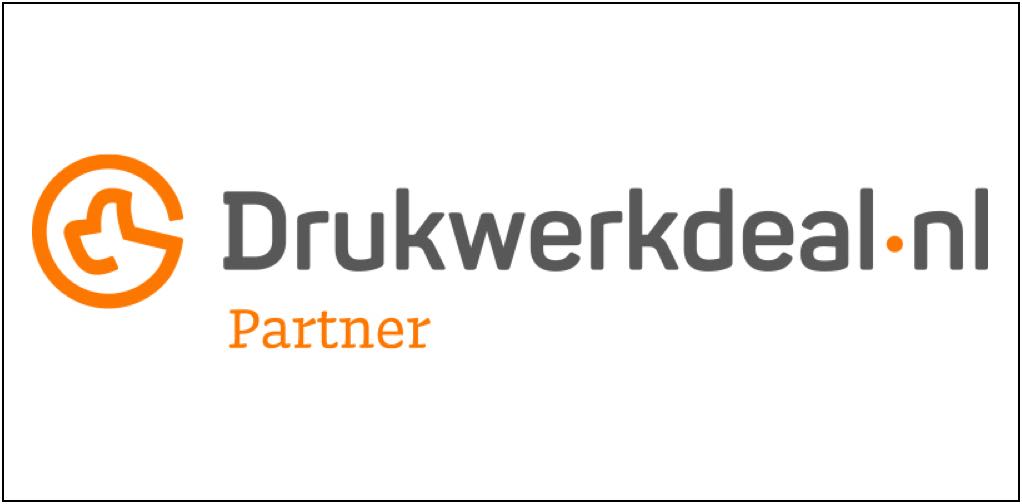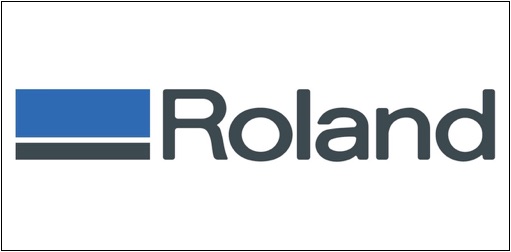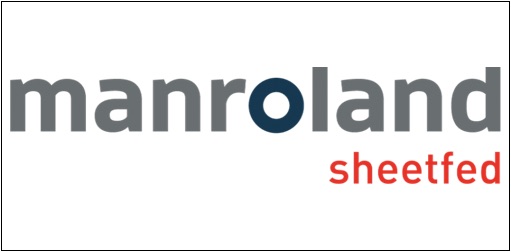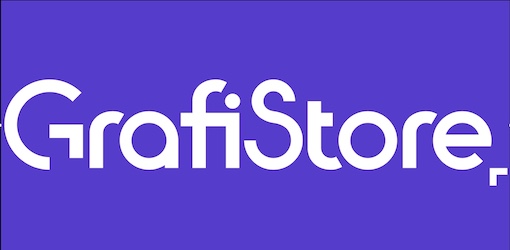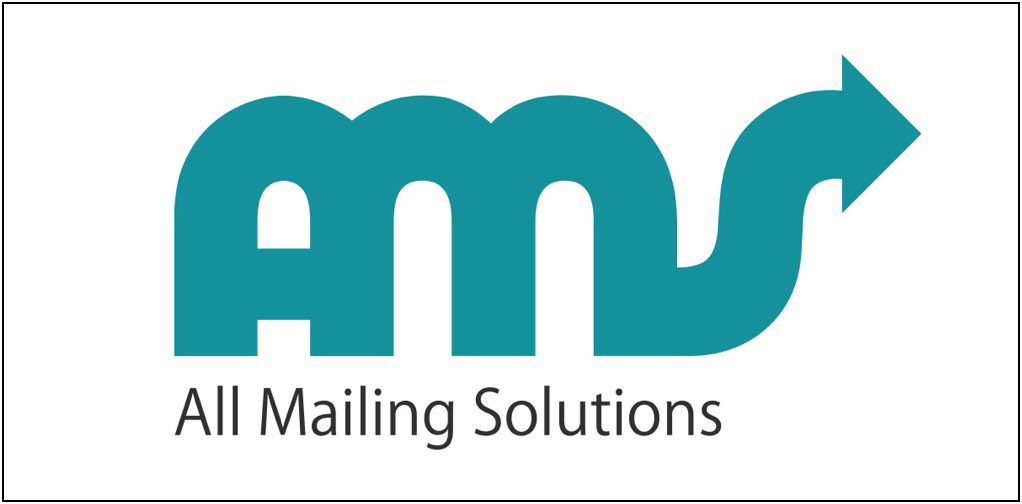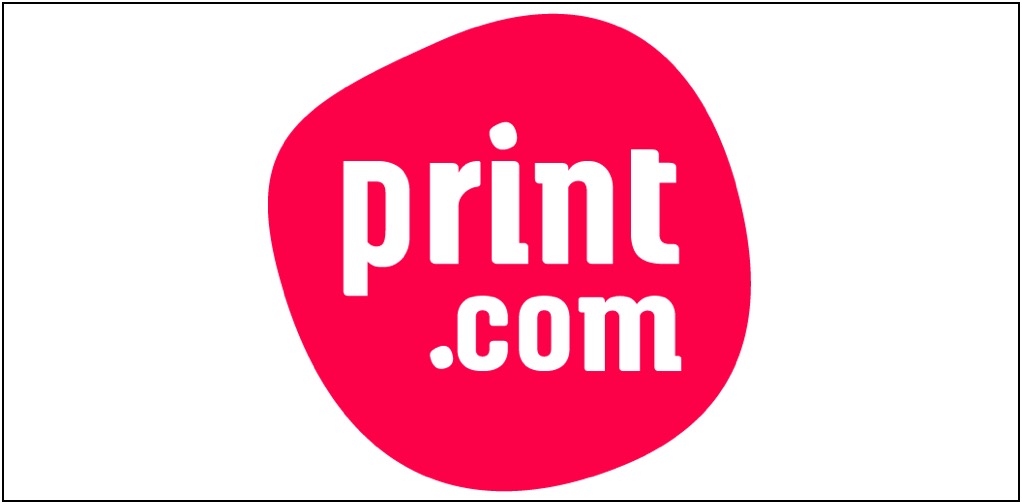Rob van den Braak
 With 12,000 sq meters, a growth of 13% the third Fespa China, 21-23 October in Shanghai, is a sign that the print industry is growing worldwide. The fair, organised in cooperation with the China Screen Printing and Graphic Imaging Association, and its motto ´Find Your Key to Success´ promises to be a source of inspiration, knowledge and business opportunities to the visitors from nearly a hundred countries. Product introductions from local manufacturers such as Denishi Denbishi Fine Chemical, Ever-Bright Printing Machine, Shenyang Schicheng Printing Machinery, Dunguan and Suzhou Yihui Printing Machinery Factory, Ivision Printing Materials, Rugao Tianyuan Garment Printing and Caiyun Printing Supplier are to be expected.
With 12,000 sq meters, a growth of 13% the third Fespa China, 21-23 October in Shanghai, is a sign that the print industry is growing worldwide. The fair, organised in cooperation with the China Screen Printing and Graphic Imaging Association, and its motto ´Find Your Key to Success´ promises to be a source of inspiration, knowledge and business opportunities to the visitors from nearly a hundred countries. Product introductions from local manufacturers such as Denishi Denbishi Fine Chemical, Ever-Bright Printing Machine, Shenyang Schicheng Printing Machinery, Dunguan and Suzhou Yihui Printing Machinery Factory, Ivision Printing Materials, Rugao Tianyuan Garment Printing and Caiyun Printing Supplier are to be expected.
More information about Fespa China 2015 via this link.
Lees verder....
Laurel Brunner rightly points out in her Verdigris blog that it costs a lot of money to slow down climate change. And that is exactly what the Green Climate Fund intends to do. Read Laurel´s blog about how that might work and why it is important also for our industry.
Lees verder....
 Progress is being made to spend the $10 billion that has been committed to the Green Climate Fund (GCF). This fund is an investment fund set up by 194 governments and it’s goal is to provide a global investment vehicle to fund growth that also aids climate change mitigation. The GCF is funding public and private initiatives that facilitate low emission growth development projects, with a benign influence on the environment. Let’s face it, nothing is going to slow down climate change unless there is money to be made. And that’s what the GCF is all about.
Progress is being made to spend the $10 billion that has been committed to the Green Climate Fund (GCF). This fund is an investment fund set up by 194 governments and it’s goal is to provide a global investment vehicle to fund growth that also aids climate change mitigation. The GCF is funding public and private initiatives that facilitate low emission growth development projects, with a benign influence on the environment. Let’s face it, nothing is going to slow down climate change unless there is money to be made. And that’s what the GCF is all about.
This fund seems pretty remote from the day to day business of printing and publishing, so why should the graphics industry care about it? A couple of reasons spring to mind. Probably the most obvious one is that printing and publishing have traditionally done well when a country’s GDP improves. So interest in the activities and investments of the GCF are one very basic reason to care if you do business in Africa or Asia or both.
Another reason is that there no constraints on the type of projects for which GCF funding is available. So perhaps developing a solar powered distributed educational publishing system, linked to an on demand printing network all driven from a cheap mobile phone would be of interest? Such ideas take vision and funding to put into action but shouldn’t be beyond the imaginations of innovative publishers, printers or press manufacturers who count publishers amongst their clients. Perhaps even local industry associations should be showing some interest in the GCF, on behalf of their members. Training and development projects related to new employment and business opportunities would surely benefit local members.
The GCF has recently approved the first seven entities to be responsible for channelling that $10 billion to developing country projects. This will be done internationally, nationally and regionally, and currently organisations in Peru, Senegal and Samoa are signed up to allocate funds. They are joined by the Kreditanstalt für Wiederaufbau, a German development bank set up in 1948, the Asian Development Bank which was set up in 1966 and the UN Development Programme. This group is just the initial cohort and the GDF has an open invitation for organisations to submit proposals to both be responsible for allocating funds and for coming up with projects. The application process is a necessarily complex and long, but for printers, publishers and manufacturers who really do want to make a difference in developing countries, the time spent is surely more than worth it. Who knows what new markets it might seed.
Laurel Brunner

This blog has been made possible by: Agfa Graphics (www.agfa.com), Digital Dots (http://digitaldots.org), drupa (www.drupa.com), EFI (www.efi.com), Fespa (www.fespa.com), Heidelberg (www.uk.heidelberg.com), Kodak (www.kodak.com/go/sustainability), Mondi (www.mondigroup.com/products), Pragati Offset (www.pragati.com), Ricoh (www.ricoh.com), Shimizu Printing (www.shzpp.co.jp), Splash PR (www.splashpr.co.uk), Unity Publishing (http://unity-publishing.co.uk) and Xeikon (www.xeikon.com).
Blokboek.com is the Dutch media partner of Verdrigris, a non-profit initiative which aims to realistically chart the real footprint of printing and which helps companies and organisations to lower that footprint. More information about Verdrigris can be found via this link.
 Zoals Laurel Brunner in haar Verdigris blog terecht opmerkt kost het veel geld al we de opwarming van de aarde willen voorkomen. En dat is precies waar het Green Climate Fund voor gaat zorgen. Lees in Laurel´s blog hoe dat hopelijk gaat werken en waarom het ook voor onze industrie belangrijk is.
Zoals Laurel Brunner in haar Verdigris blog terecht opmerkt kost het veel geld al we de opwarming van de aarde willen voorkomen. En dat is precies waar het Green Climate Fund voor gaat zorgen. Lees in Laurel´s blog hoe dat hopelijk gaat werken en waarom het ook voor onze industrie belangrijk is.
Lees verder....
 Progress is being made to spend the $10 billion that has been committed to the Green Climate Fund (GCF). This fund is an investment fund set up by 194 governments and it’s goal is to provide a global investment vehicle to fund growth that also aids climate change mitigation. The GCF is funding public and private initiatives that facilitate low emission growth development projects, with a benign influence on the environment. Let’s face it, nothing is going to slow down climate change unless there is money to be made. And that’s what the GCF is all about.
Progress is being made to spend the $10 billion that has been committed to the Green Climate Fund (GCF). This fund is an investment fund set up by 194 governments and it’s goal is to provide a global investment vehicle to fund growth that also aids climate change mitigation. The GCF is funding public and private initiatives that facilitate low emission growth development projects, with a benign influence on the environment. Let’s face it, nothing is going to slow down climate change unless there is money to be made. And that’s what the GCF is all about.
This fund seems pretty remote from the day to day business of printing and publishing, so why should the graphics industry care about it? A couple of reasons spring to mind. Probably the most obvious one is that printing and publishing have traditionally done well when a country’s GDP improves. So interest in the activities and investments of the GCF are one very basic reason to care if you do business in Africa or Asia or both.
Another reason is that there no constraints on the type of projects for which GCF funding is available. So perhaps developing a solar powered distributed educational publishing system, linked to an on demand printing network all driven from a cheap mobile phone would be of interest? Such ideas take vision and funding to put into action but shouldn’t be beyond the imaginations of innovative publishers, printers or press manufacturers who count publishers amongst their clients. Perhaps even local industry associations should be showing some interest in the GCF, on behalf of their members. Training and development projects related to new employment and business opportunities would surely benefit local members.
The GCF has recently approved the first seven entities to be responsible for channelling that $10 billion to developing country projects. This will be done internationally, nationally and regionally, and currently organisations in Peru, Senegal and Samoa are signed up to allocate funds. They are joined by the Kreditanstalt für Wiederaufbau, a German development bank set up in 1948, the Asian Development Bank which was set up in 1966 and the UN Development Programme. This group is just the initial cohort and the GDF has an open invitation for organisations to submit proposals to both be responsible for allocating funds and for coming up with projects. The application process is a necessarily complex and long, but for printers, publishers and manufacturers who really do want to make a difference in developing countries, the time spent is surely more than worth it. Who knows what new markets it might seed.
Laurel Brunner

Dit blog wordt mogelijk gemaakt dankzij de bijdrage van: Agfa Graphics (www.agfa.com), Digital Dots (http://digitaldots.org), drupa (www.drupa.com), EFI (www.efi.com), Fespa (www.fespa.com), Heidelberg (www.uk.heidelberg.com), Kodak (www.kodak.com/go/sustainability), Mondi (www.mondigroup.com/products), Pragati Offset (www.pragati.com), Ricoh (www.ricoh.com), Shimizu Printing (www.shzpp.co.jp), Splash PR (www.splashpr.co.uk), Unity Publishing (http://unity-publishing.co.uk) and Xeikon (www.xeikon.com).
BlokBoek.com is de Nederlandse media-partner van Verdigris, een non-profit initiatief dat de werkelijke voetprint van druk- en printwerk die drukwerk achterlaat eerlijk in kaart wil brengen en dat bedrijven en organisatie steunt om die voetprint te verlagen.
Meer informatie over Verdigris vindt je via deze link.
 For yourself or your clients who want to know how green their paper is, the World Wildlife Foundation has initated a website where this can be checked. Paper manufacturers can upload their products onto checkyourpaper.panda.org which then rates the paper on their effect on environment, climate, water use, forests and recycling. The list of manufacturers already participating in Check Your Paper is impressive, Antalis McNaughton, Arjowiggins Graphic, BillerudKorsnäs, ITC, LEIPA, Lenzing Papier, Metsä Board, Mondi, Resolute Forest Products, SCA, Steinbeis Papier, UPM, Van Houtum and the list is still growing.
For yourself or your clients who want to know how green their paper is, the World Wildlife Foundation has initated a website where this can be checked. Paper manufacturers can upload their products onto checkyourpaper.panda.org which then rates the paper on their effect on environment, climate, water use, forests and recycling. The list of manufacturers already participating in Check Your Paper is impressive, Antalis McNaughton, Arjowiggins Graphic, BillerudKorsnäs, ITC, LEIPA, Lenzing Papier, Metsä Board, Mondi, Resolute Forest Products, SCA, Steinbeis Papier, UPM, Van Houtum and the list is still growing.
Lees verder....
 Voor jezelf of voor je klanten die willen weten hoe ‘groen’ een papiersoort is heeft het World Wildlife Foundation een website ingericht waar je dat kunt zien. Papierfabrikanten kunnen hun producten op checkyourpaper.panda.org invoeren en worden dan beoordeeld op hun invloed op het milieu, het klimaat, waterverbruik, bossen en hoe die papiersoort herbruikt kan worden. De lijst van fabrikanten die al aan Check Your Paper mee werken is indrukwekkend, Antalis McNaughton, Arjowiggins Graphic, BillerudKorsnäs, ITC, LEIPA, Lenzing Papier, Metsä Board, Mondi, Resolute Forest Products, SCA, Steinbeis Papier, UPM, Van Houtum en groeit nog steeds.
Voor jezelf of voor je klanten die willen weten hoe ‘groen’ een papiersoort is heeft het World Wildlife Foundation een website ingericht waar je dat kunt zien. Papierfabrikanten kunnen hun producten op checkyourpaper.panda.org invoeren en worden dan beoordeeld op hun invloed op het milieu, het klimaat, waterverbruik, bossen en hoe die papiersoort herbruikt kan worden. De lijst van fabrikanten die al aan Check Your Paper mee werken is indrukwekkend, Antalis McNaughton, Arjowiggins Graphic, BillerudKorsnäs, ITC, LEIPA, Lenzing Papier, Metsä Board, Mondi, Resolute Forest Products, SCA, Steinbeis Papier, UPM, Van Houtum en groeit nog steeds. Many graphics companies neglect their marketing, although entrepreneurs do see the need. Often the reason is money. Margie Dana, marketing expert specialized in the graphics industry, explains that the absence of budget is not a good reason. Her list of 4 tips for DIY marketing gives companies with a small budget the tools for a good marketing plan. A plan which is practical and makes optimum use of the free internet marketing possibilities.
Many graphics companies neglect their marketing, although entrepreneurs do see the need. Often the reason is money. Margie Dana, marketing expert specialized in the graphics industry, explains that the absence of budget is not a good reason. Her list of 4 tips for DIY marketing gives companies with a small budget the tools for a good marketing plan. A plan which is practical and makes optimum use of the free internet marketing possibilities.You can read Margie´s tips via this link.
 The man who enriched the typographic possibilities with fonts such as Palatino en Optima has died at age of 96.
The man who enriched the typographic possibilities with fonts such as Palatino en Optima has died at age of 96.
His name will forever be remembered for Dingbats, his collection of more than 1,000 symbols and perfect stylized characters.

Zapf worked with famous companies such as Stempel, Linotype, Hell, ITC and Bitstream and was also active in education and a popular book designer. To see the work of this creative designer click on this link.
Lees verder....
 De man die onze typografische mogelijkheden verrijkte met fonts als Palatino en Optima is op 96 jarige leeftijd overleden.
De man die onze typografische mogelijkheden verrijkte met fonts als Palatino en Optima is op 96 jarige leeftijd overleden.
Lees verder....
 Mobile payments, on-demand-everything and virtual reality are only a few examples of technologies which will change the digital future. ZDNet put them together in an infographic which clearly shows what will influence your job and your company. In the case of printers it is machine learning, presses which learn from mistakes and manage their own quality and maintenance. In the case of companies it is the collaborative economy and mobile payments which will change the landscape. Creative communicators will need to be aware of instant app composition which allows non-technical people to produce apps to disseminate content in a simple and fast manner. Read the article via this link.
Mobile payments, on-demand-everything and virtual reality are only a few examples of technologies which will change the digital future. ZDNet put them together in an infographic which clearly shows what will influence your job and your company. In the case of printers it is machine learning, presses which learn from mistakes and manage their own quality and maintenance. In the case of companies it is the collaborative economy and mobile payments which will change the landscape. Creative communicators will need to be aware of instant app composition which allows non-technical people to produce apps to disseminate content in a simple and fast manner. Read the article via this link.
Lees verder....
VIGC BOPE 2025: Redefining print. Success in a digital world. Met o.a. Peter Luit als gesprekleider binnen het panelgesprek ‘Platformeconomie, kansen voor grafimedia bedrijven?’
De trainingen voor 2022 staan gereed. Kijk voor het volledige online aanbod van bestaande- en nieuwe trainingen op de website.
BLOKBOEK.COM EN PRINTMEDIANIEUWS: HET OPTIMALE DOELGROEP BEREIK


